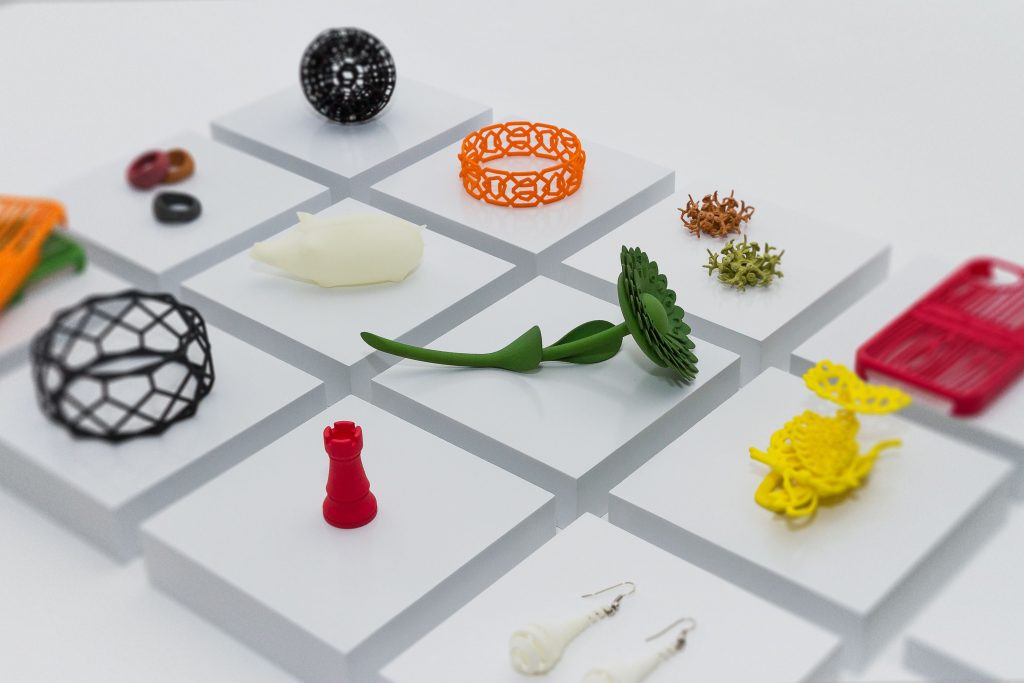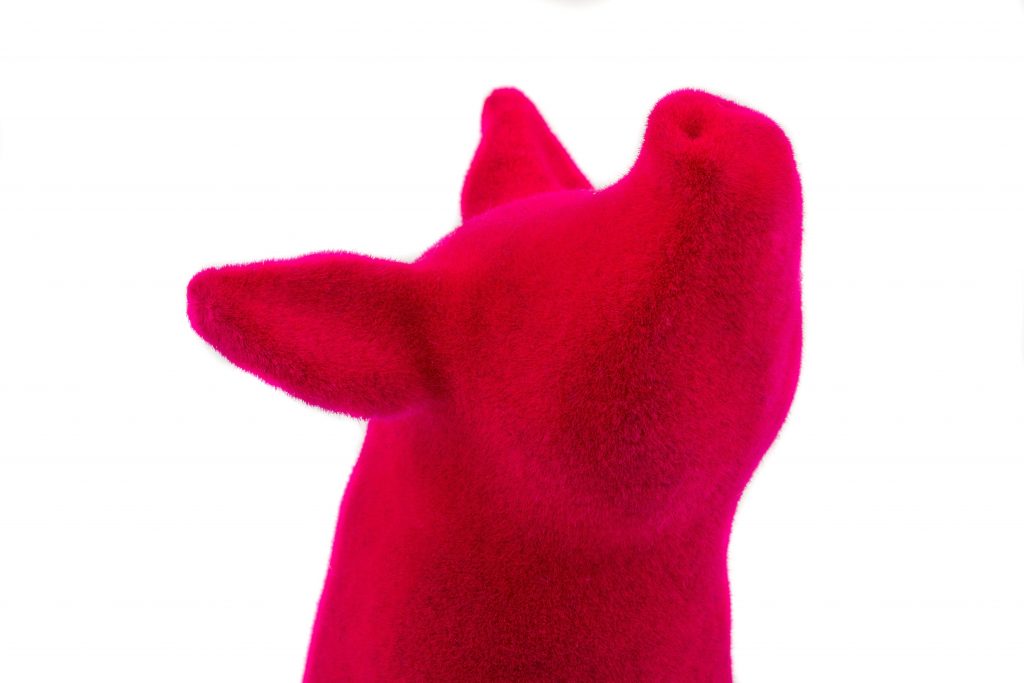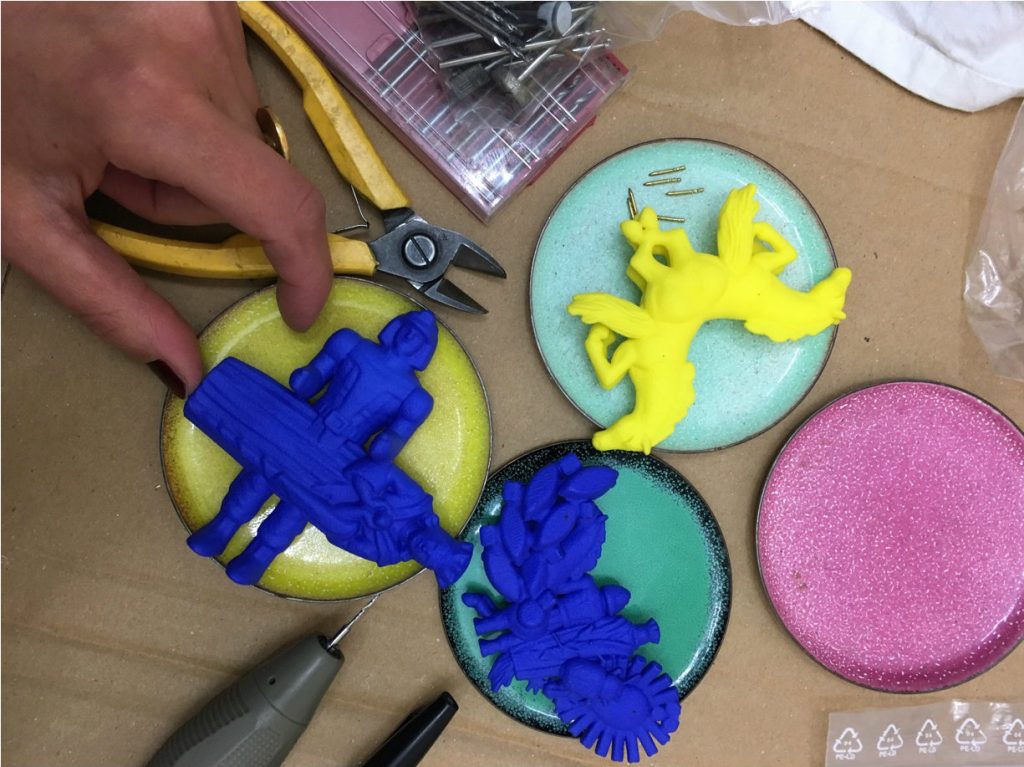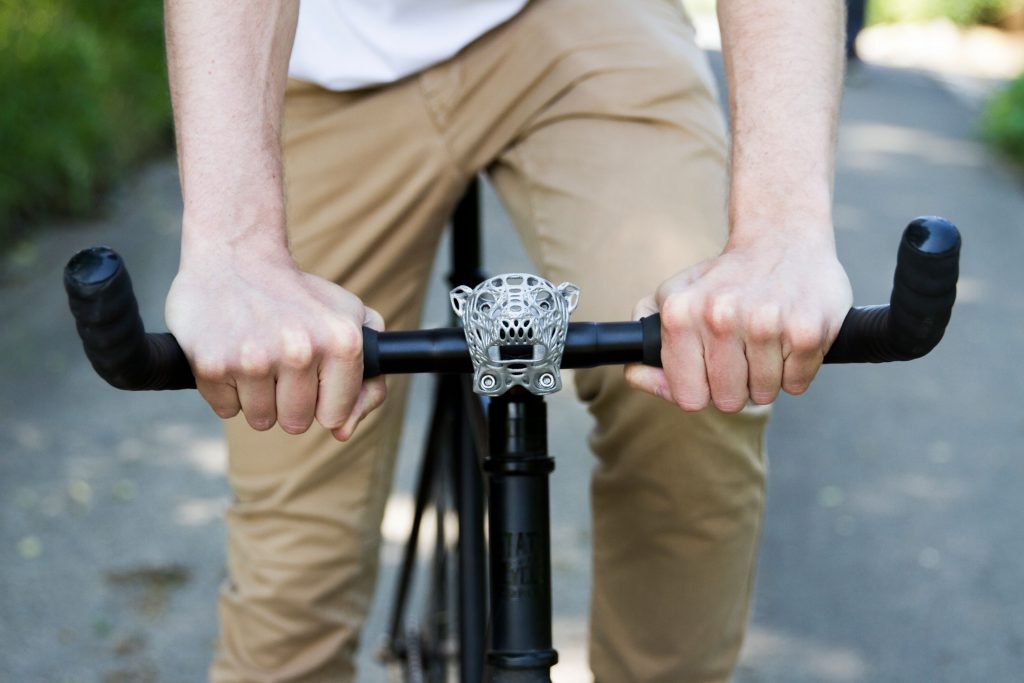
Top 5 Reasons to 3D Print through a Service Bureau
Owning and operating a 3D printer can be rewarding to go from design to final finished product all on your own. However, certain aspects like the time spent troubleshooting and optimizing settings to produce quality prints can get tedious. Or after significant investment in time and equipment you may find that you’ve just reached the limits of your 3D printers’ capability, and you would like more options.
Read on to discover the top five reasons to turn to a service bureau like i.materialise to print your designs.
1. Wide range of technologies, materials, and colors
The majority of consumer/prosumer 3D printers use plastic, such as PLA or ABS filament, or a type of light-sensitive resin. Plastic or small-scale resin parts work well for initial prototyping or model making. But there are many more 3D printing materials and technologies to discover.
Laser-sintered aluminum, for example, gives you the ability to make organic structural forms in a lightweight metal that is perfect for demanding applications and needs. If you need to save weight or make a part that is hypoallergenic, titanium prints in multiple finishes is ideal.
With desktop 3D printers, you need to have a limited size to work with whereas with a service bureau like i.materialise you can get really large prints in one piece. You can get something that’s teeny-tiny (like a small and intricately detailed game piece made in high-detail stainless steel) or extra-large (like a furniture part prototyped in mammoth resin).
This gives you more options that may be a closer match to your initial idea. In fact, with i.materialise online 3D printing platform you can get access to professionally operated industrial printers that use over 8 different 3D printing technologies and more than 20 different materials with industry-leading build volumes.
2. Easy to get started
It takes skill to consistently produce good 3D prints. Besides hassle-free prints, there are other advantages with outsourcing. You will no longer have to troubleshoot an idiosyncratic printer, worry about technical issues like layer adhesion, warping, or infill settings, or need to concern yourself with disposing of uncured resin, bits of filament, or failed prints.
Your 3D design will most likely need some optimization, but each material we offer has straightforward and clear design guidelines. Moving from a PLA or ABS print to our Polyamide (SLS), which is competitive in price, offers extensive freedom of design. Plus it is relatively simple to transition your designs to this material especially because no support structures are needed and it has a wide range of tolerances.
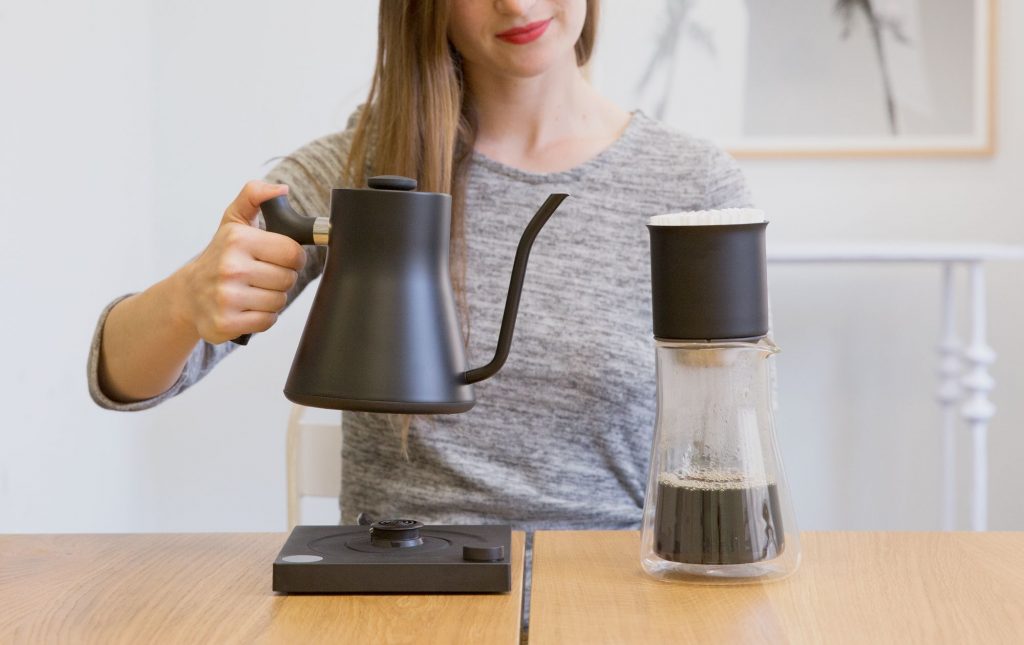
Fellow Products used the i.materialise online platform to print prototypes for their Stagg EKG kettle.
3. Save time and money – even in post-processing
Why spend money on equipment, workspace, or machine maintenance if you don’t have to? On top of that, you’ll need to spend time learning how to use a specific 3D printer, or even on optimizing a new design on a printer you already know well.
Even in the post-processing stage you can lose lots of valuable time and have extra costs. With over 100 possible color and finishing combinations, you can save time in color dyeing, spray painting, polishing, flocking for a velvet finish, and waterproofing. Each material we offer from silver to Multicolor+ has various finishes and options from which to choose so you can move from print to finished product quickly and easily.
4. Do more with less hassle
An in-house 3D printer can be a great option for producing a rough draft prototype. Especially when you are first starting out or trying a different technique for the first time, the learning curve to make a design printable can be difficult, with lots of trial and error.
More challenging designs can be produced with less hassle using i.materialise than attempting to do it yourself, even with a high-end prosumer 3D printer.
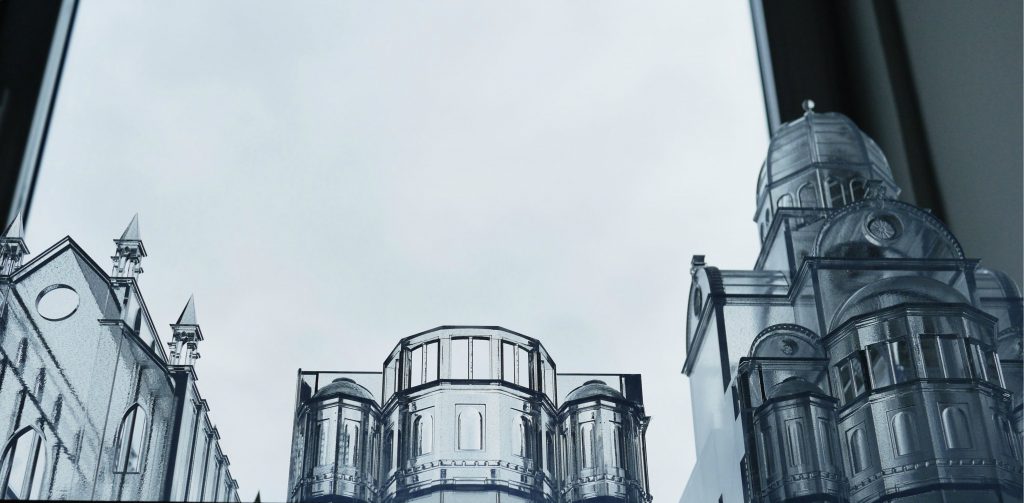
These 3 architectural models of the Šibenik Cathedral of St. James (Croatia) was 3D printed in transparent resin.
The production times i.materialise achieves rival print times for large in-house prints – under 48 hours for certain materials. Additionally i.materialise’s variety of materials, finishing options, quality, and speed of production is unmatched compared to in-house 3D printing.
Need multiple copies? A service bureau can produce multiple prints simultaneously. And with i.materialise you get an automatic discount when you order two or more copies at one time.
There are also educational discounts for 3D printing available for students, teachers and educators.
5. Develop the skills you want
As you progress in your 3D journey you may find that you either outgrow the capabilities of your 3D printer or that you could better use the time spent running and owning a printer more productively – such as by focusing on designing or engaging with clients. Learn more about how you can improve your creative business with 3D printing.
Ready to try the i.mat 3D printing online platform? It’s very easy, just upload your design to the platform, choose your material and you will get your prints delivered very fast.
Featured image: The Cheetah Bike Stem by Nils Faber was 3D printed in Aluminum
Recommended Articles
No related posts.


